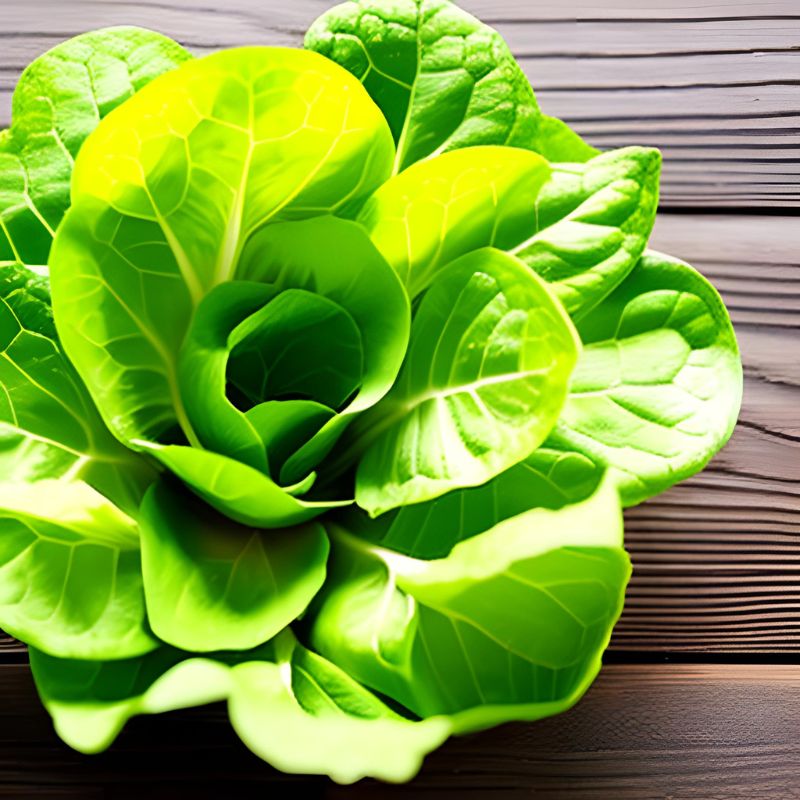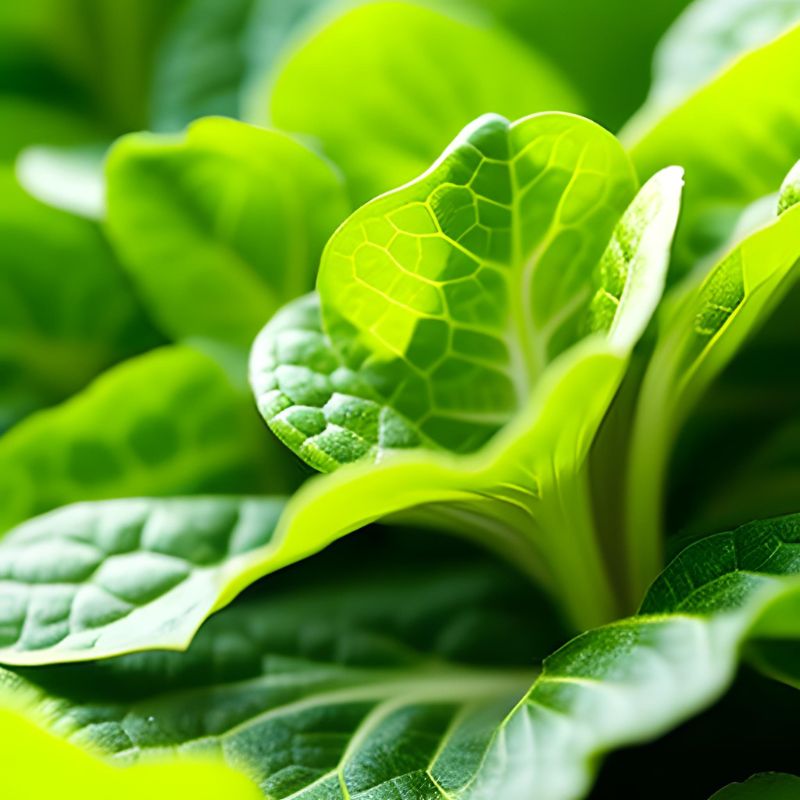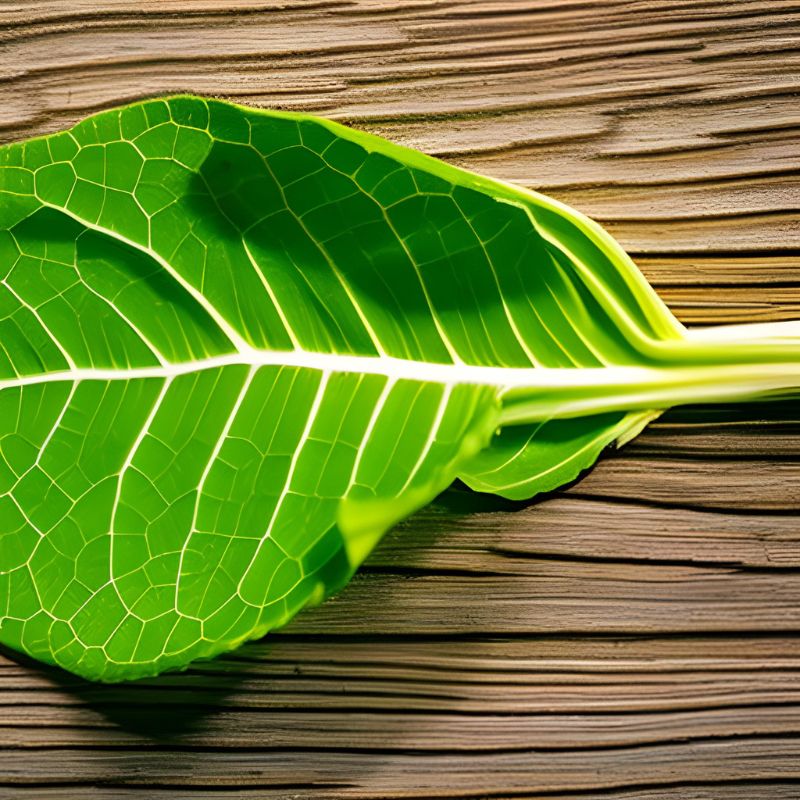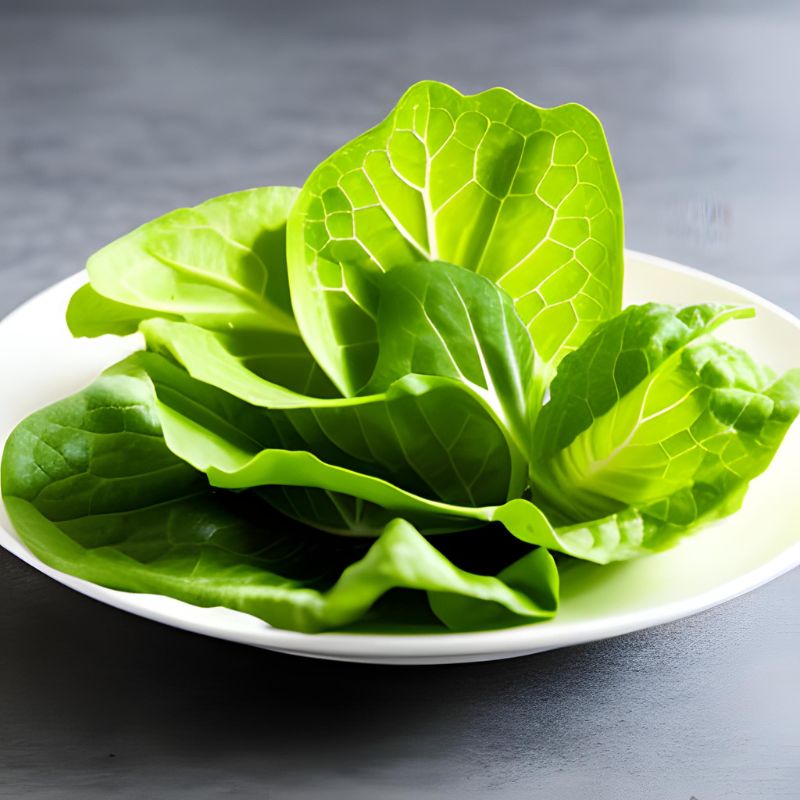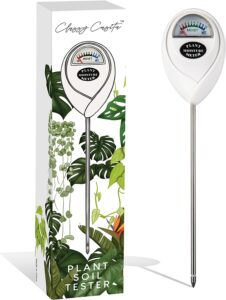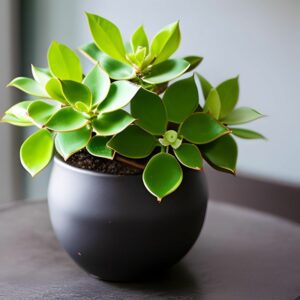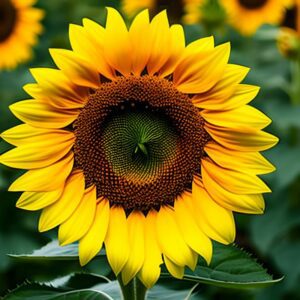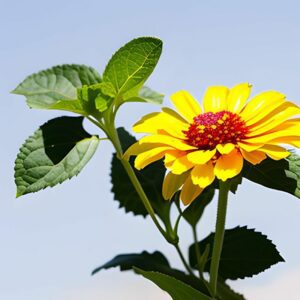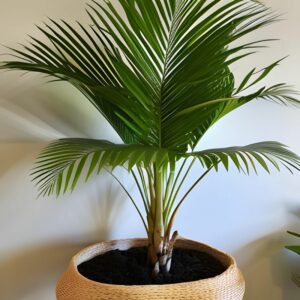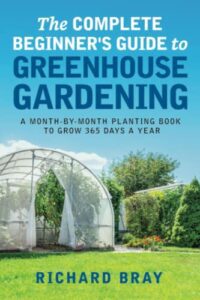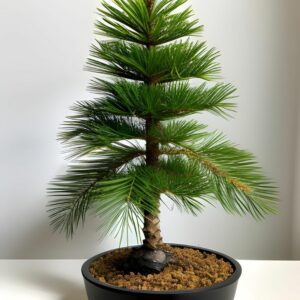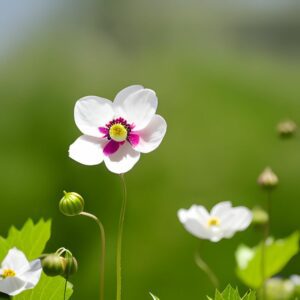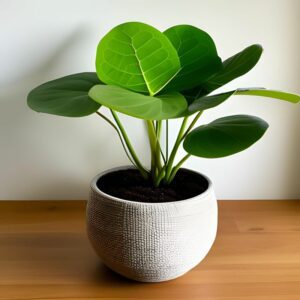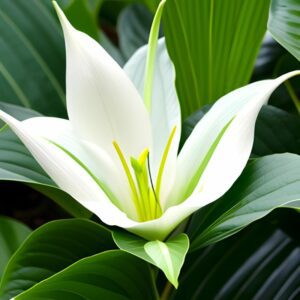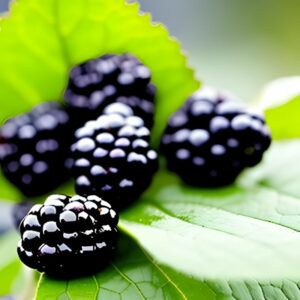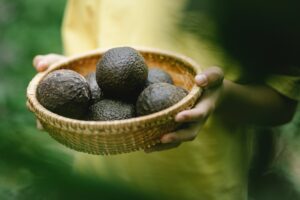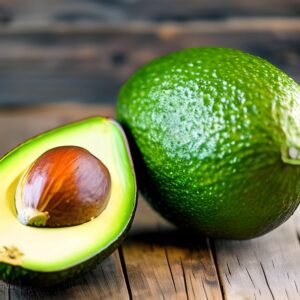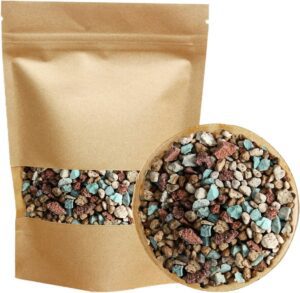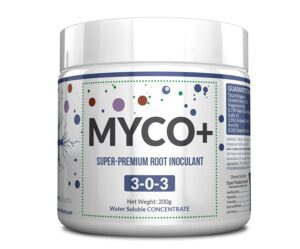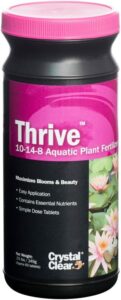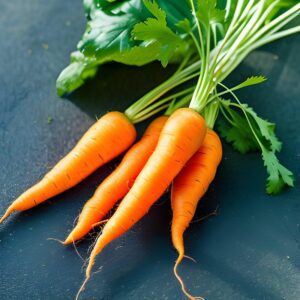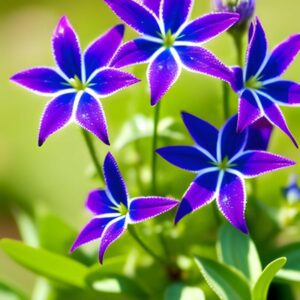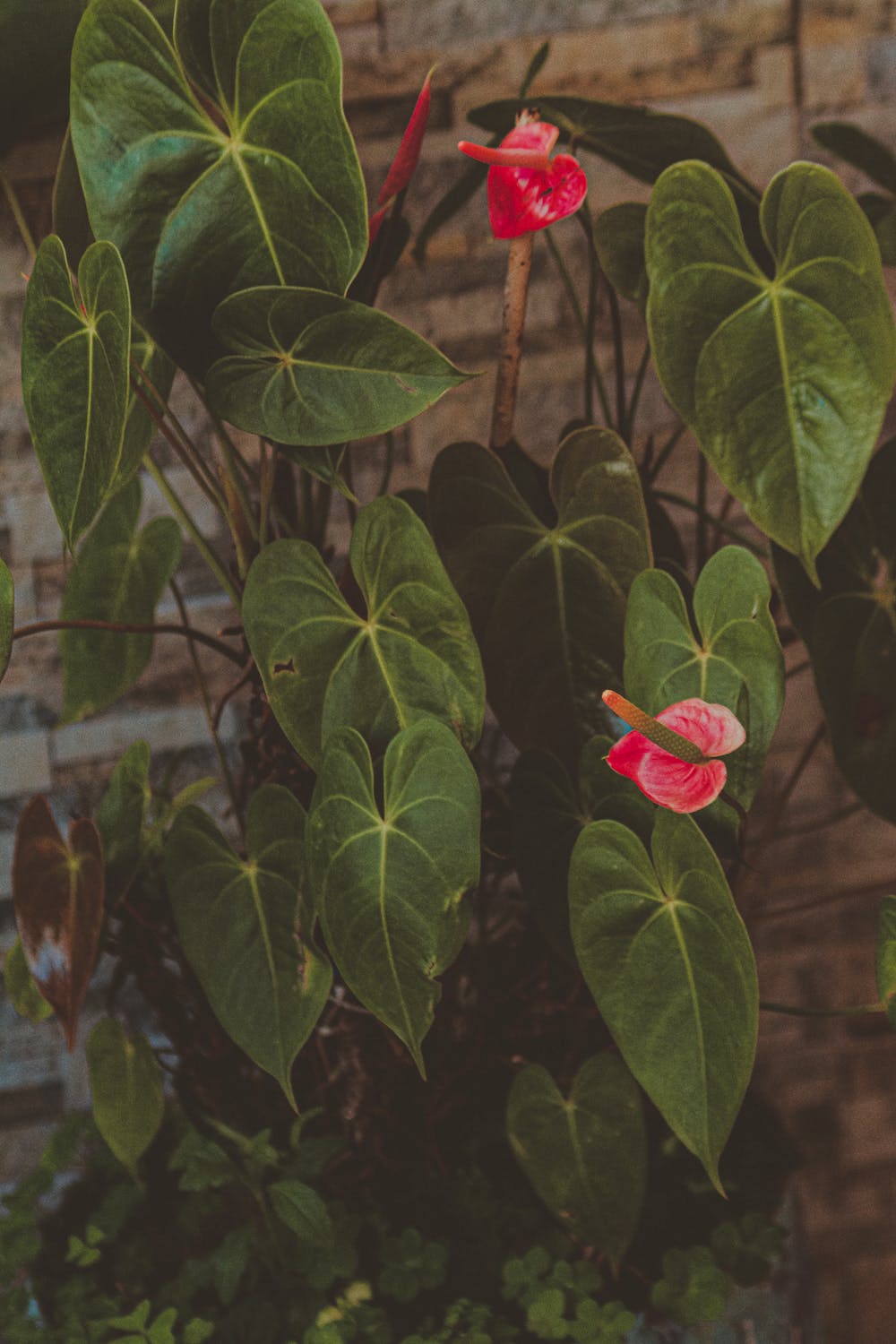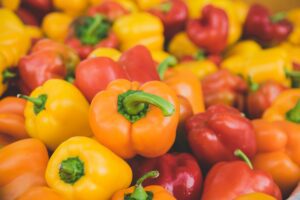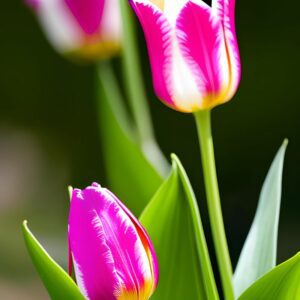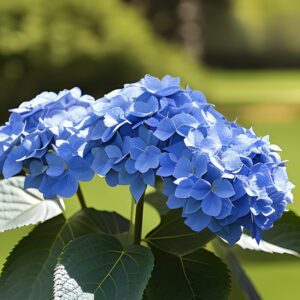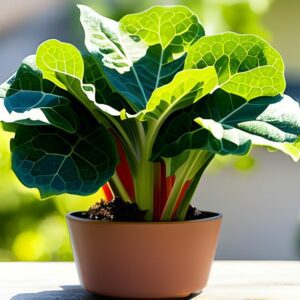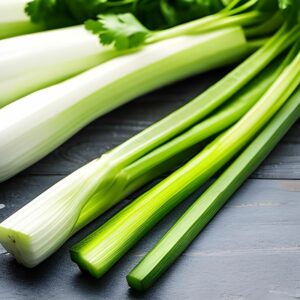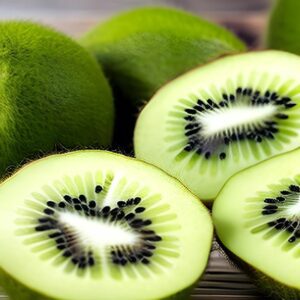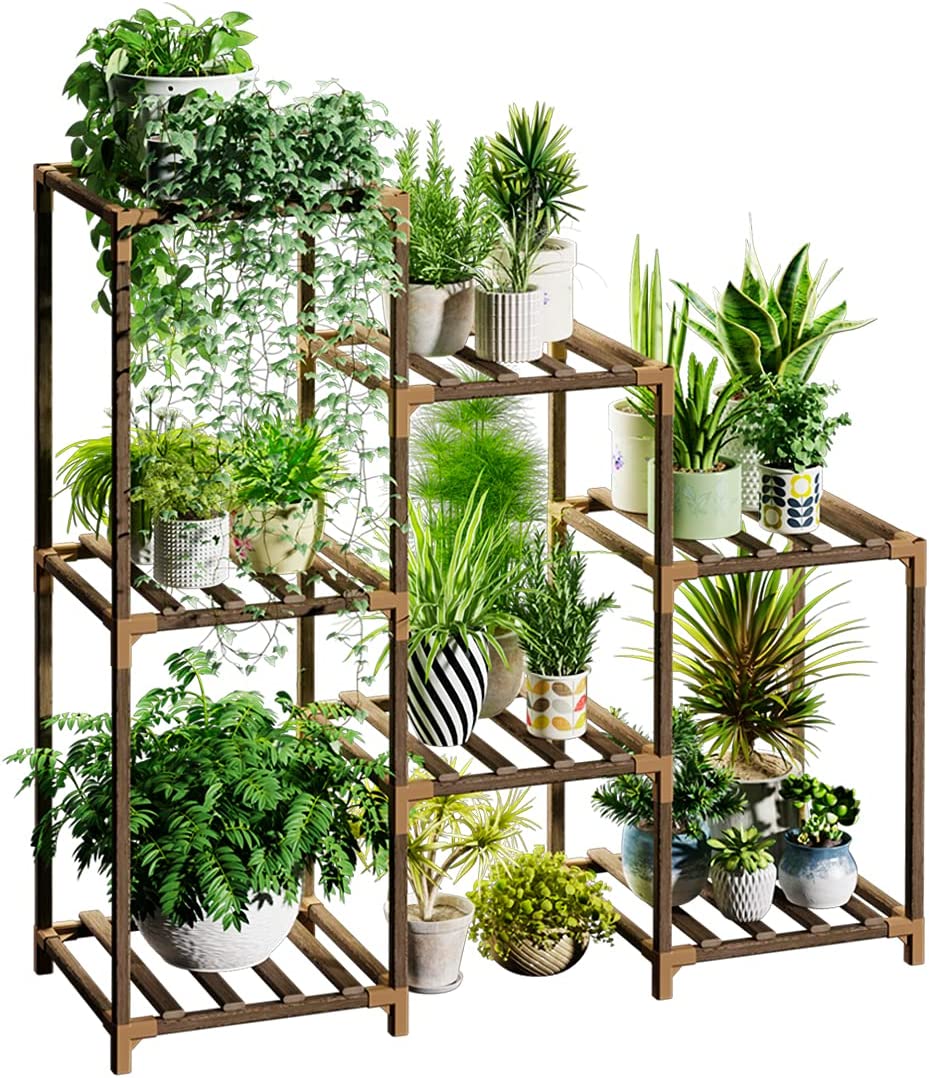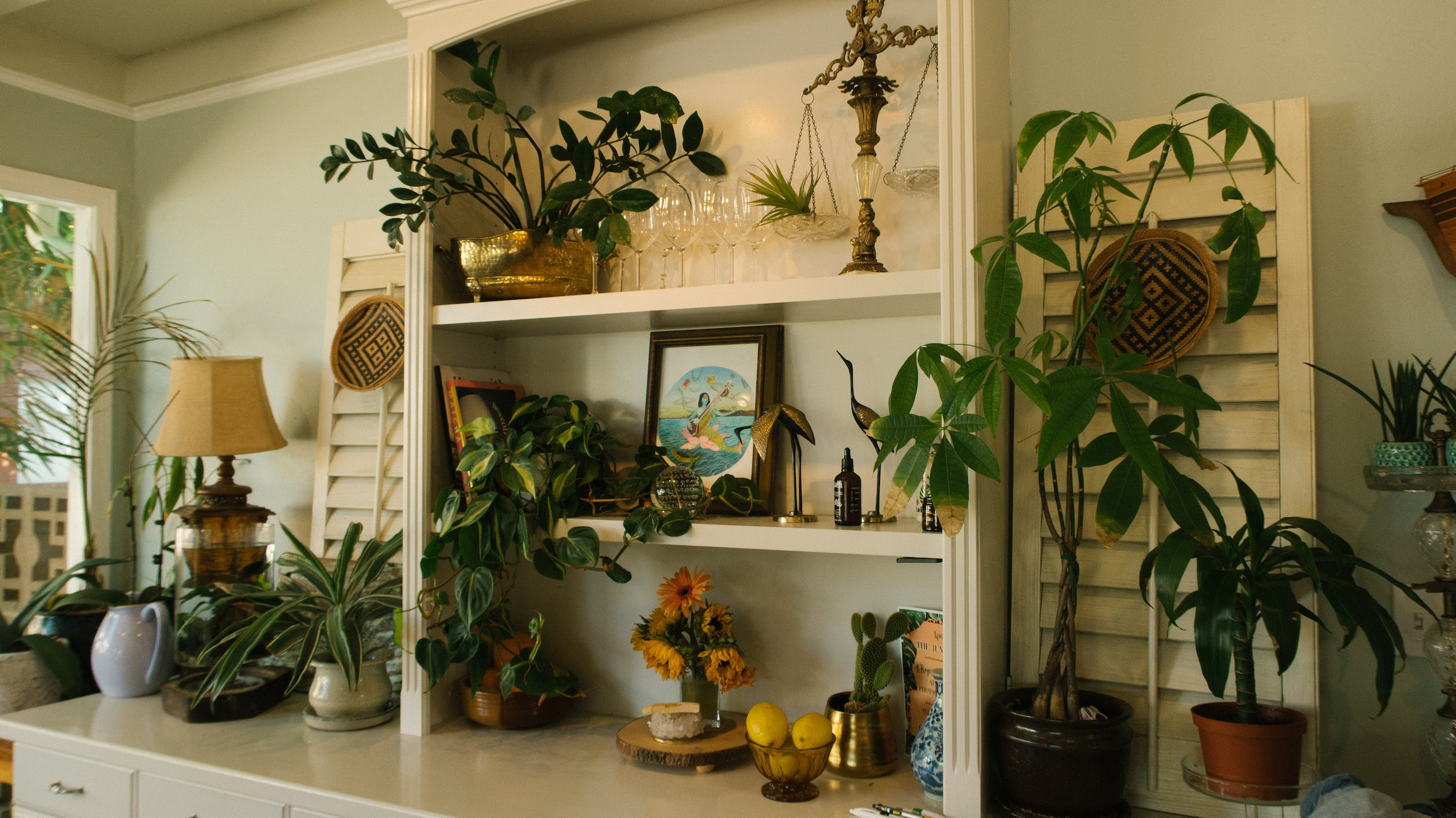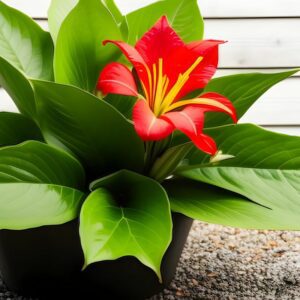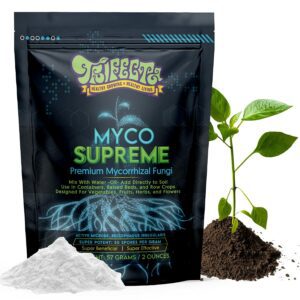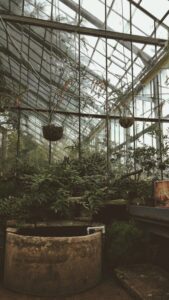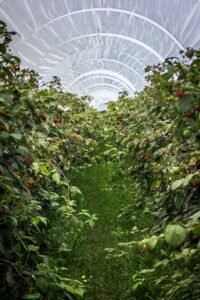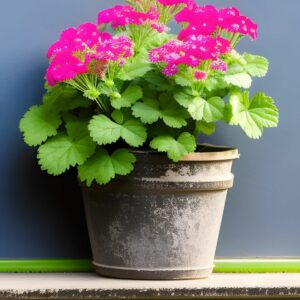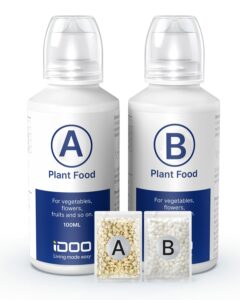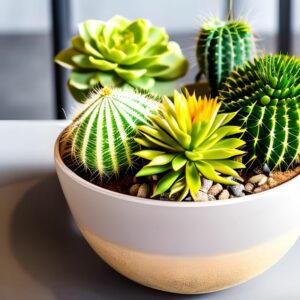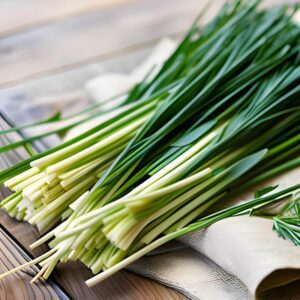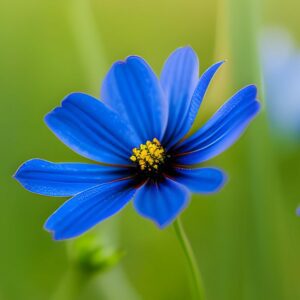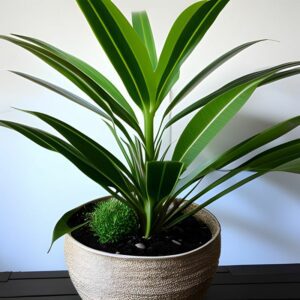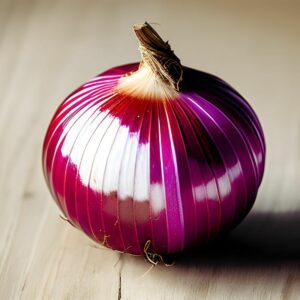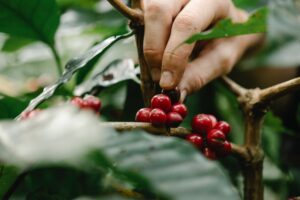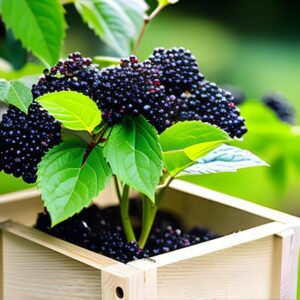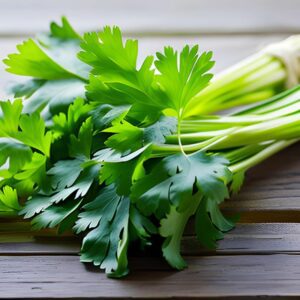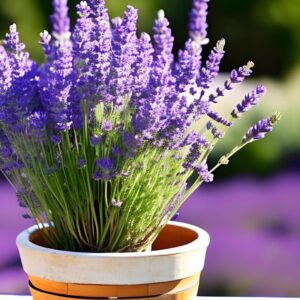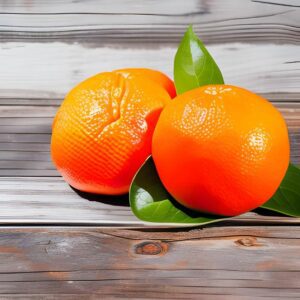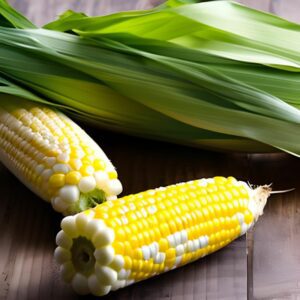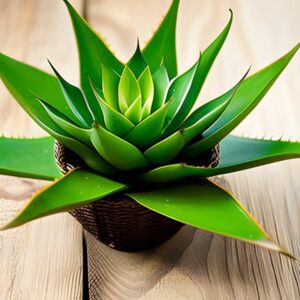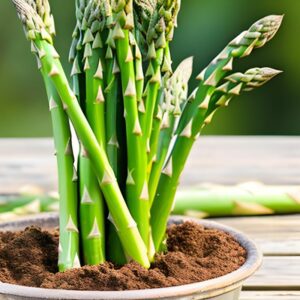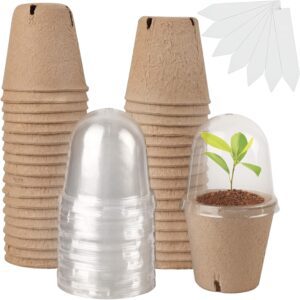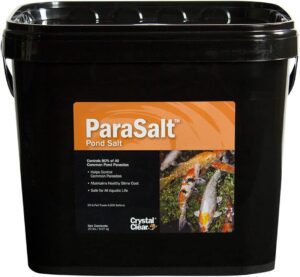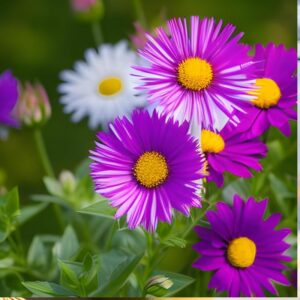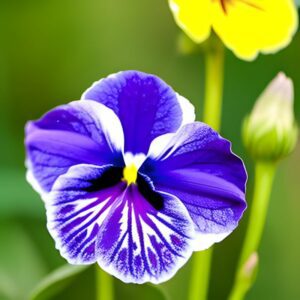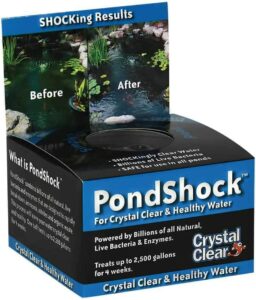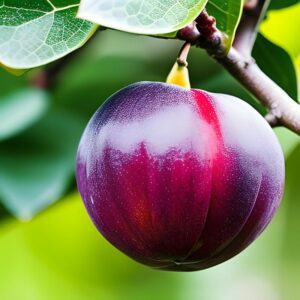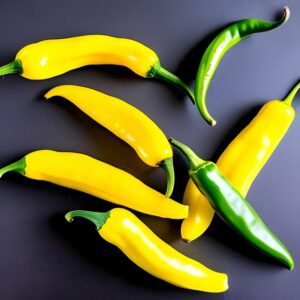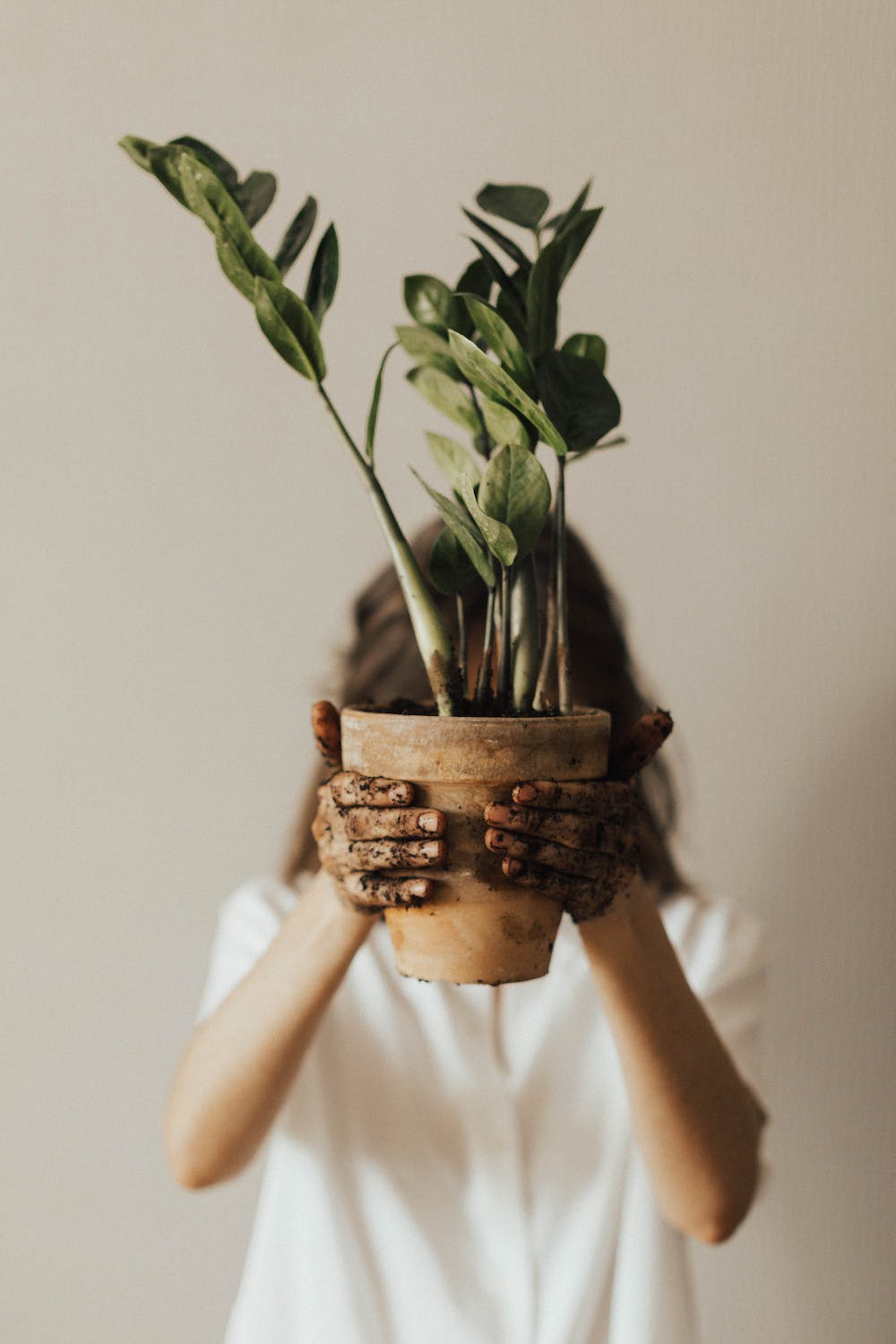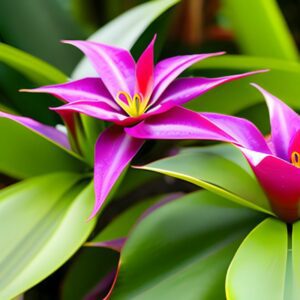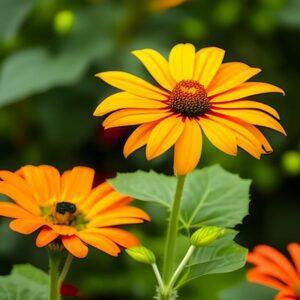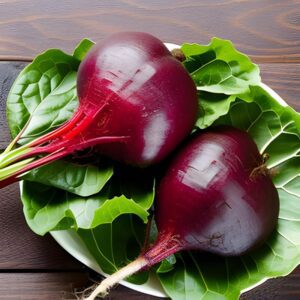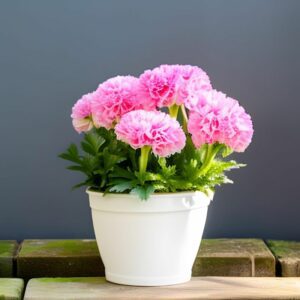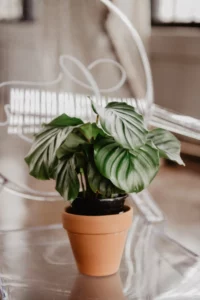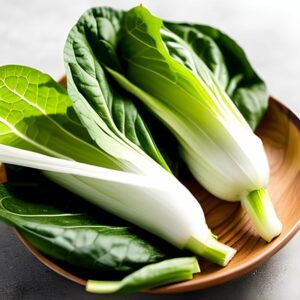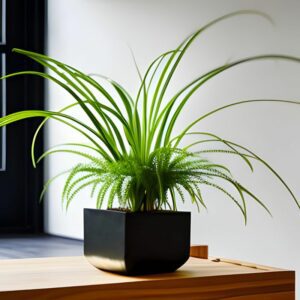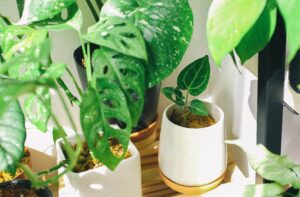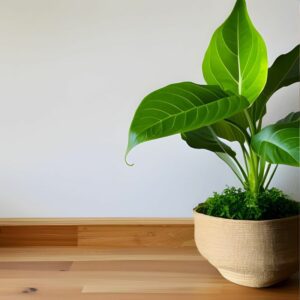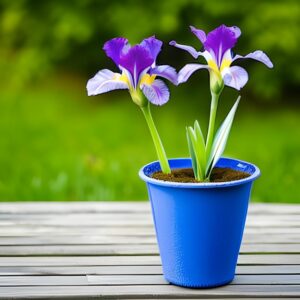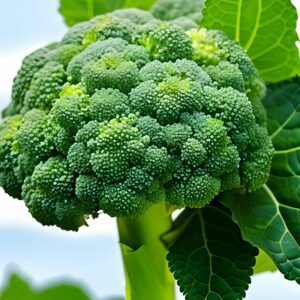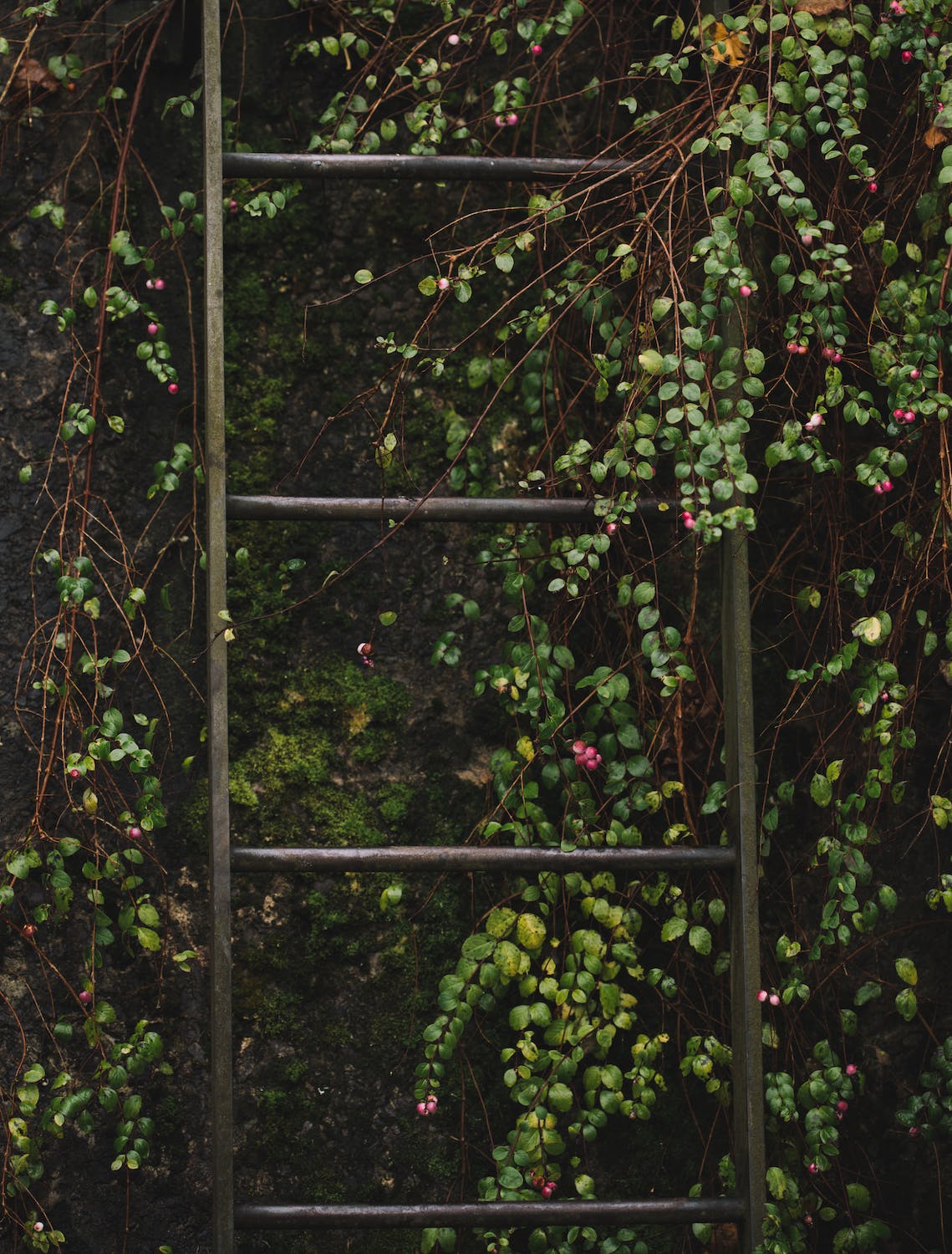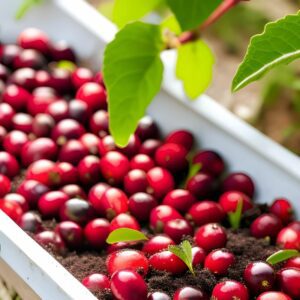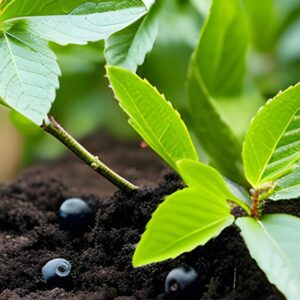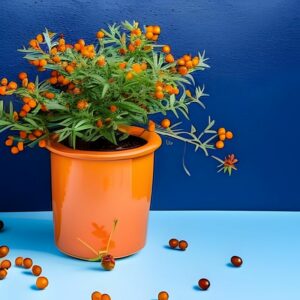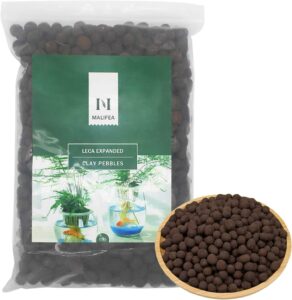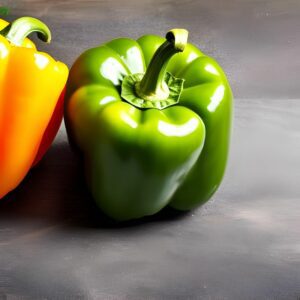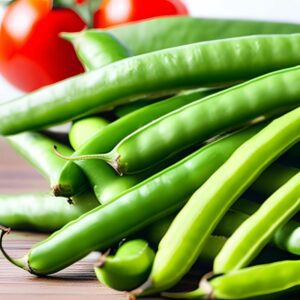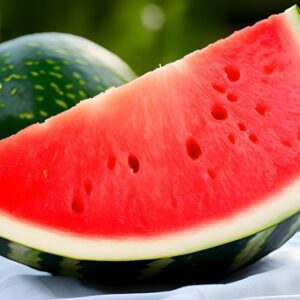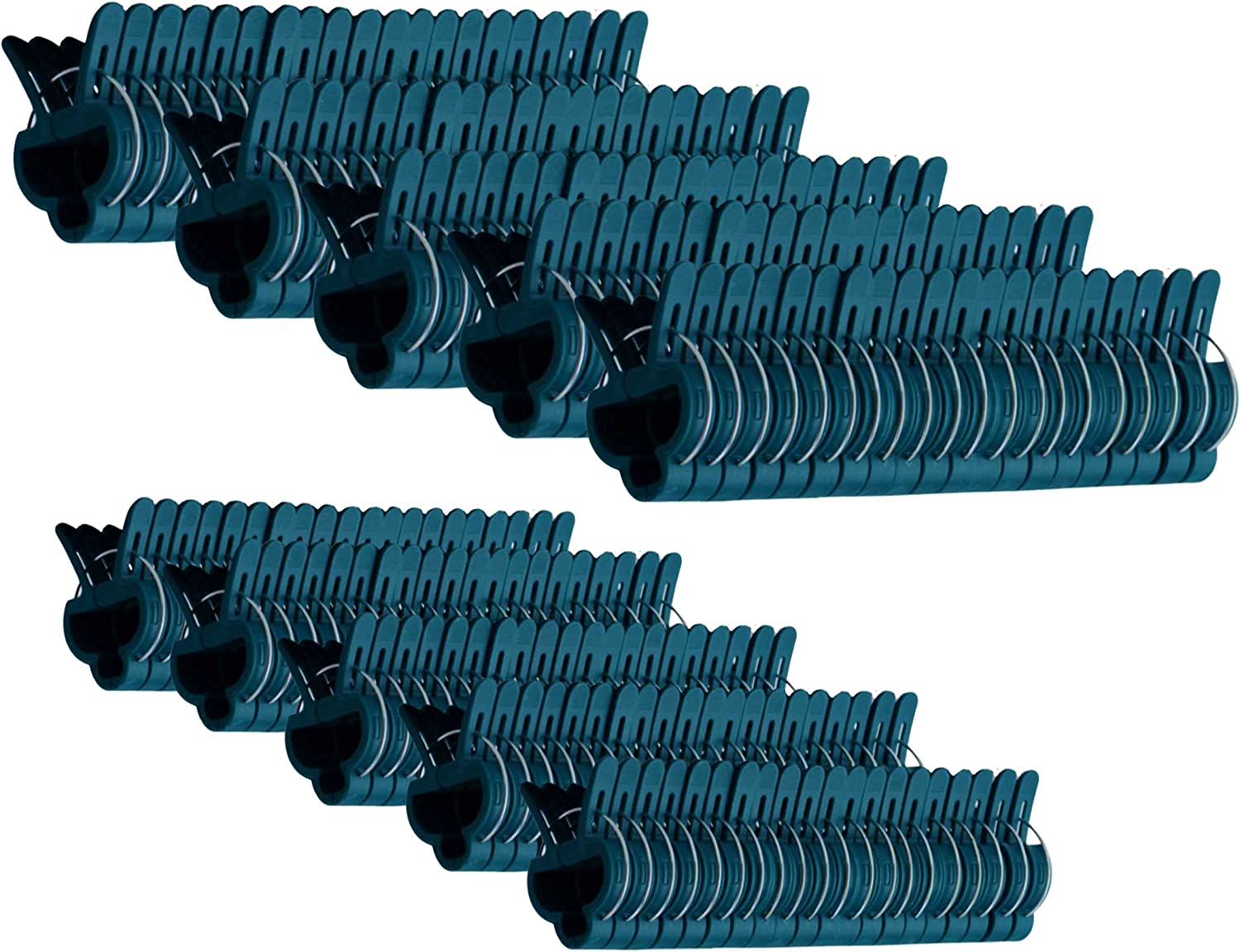Lettuce
Vegetables
- Mediterranean
- Easy
- 40-60 Days
Introduction
Lettuce is a popular and versatile leafy vegetable known for its crisp texture and refreshing taste. Native to the Mediterranean region, lettuce is widely cultivated and enjoyed in various salads, sandwiches, and wraps. Growing your own lettuce allows you to enjoy the satisfaction of harvesting fresh greens and incorporating them into your favorite dishes, all while having control over the growing conditions.
Plant Characteristics
Lettuce plants have tender, edible leaves that form rosettes close to the ground. There are different types of lettuce, including loose-leaf, romaine, and iceberg, each with its own unique characteristics. Lettuce leaves come in different colors, ranging from vibrant green to red or purple, depending on the variety.
Ideal Growing Conditions
Lettuce thrives in cool weather conditions. It prefers temperatures between 45-75°F (7-24°C) and performs best in mild climates. Choose a planting location with partial shade to prevent the lettuce from bolting (prematurely producing flowers and going to seed). Lettuce requires well-draining soil rich in organic matter. Adequate moisture is crucial, so ensure consistent watering.
Planting Guide
Plant lettuce seeds or seedlings in early spring or late summer/early fall, depending on your climate. Choose a well-prepared garden bed or container with nutrient-rich soil. Sow the seeds or transplant seedlings at the recommended spacing for the particular lettuce variety. Cover the seeds lightly with soil, as they require some light to germinate. Water gently after planting to settle the soil around the seeds or seedlings. Keep the soil consistently moist throughout the growing season to encourage steady growth.
Watering and Fertilizing
Lettuce requires regular watering to keep the soil consistently moist but not waterlogged. Water deeply whenever the top inch of soil feels dry. Mulching around the plants can help retain moisture and suppress weed growth. Avoid overhead watering, as it can increase the risk of fungal diseases. Lettuce doesn’t require heavy fertilization, but you can apply a balanced, water-soluble fertilizer according to the package instructions once or twice during the growing season.
Pruning and Maintenance
Lettuce doesn’t require extensive pruning. However, you can harvest the outer leaves as needed, allowing the inner leaves to continue growing. This practice is known as “cut-and-come-again” harvesting. Regularly remove any weeds around the lettuce plants to minimize competition for nutrients and water. Applying a layer of organic mulch around the plants can also help suppress weeds and maintain soil moisture.
Harvesting
Lettuce leaves can be harvested when they reach a size suitable for your preference, typically 4-6 inches in length. To harvest, use clean scissors or garden shears to cut the outer leaves near the base, leaving the inner leaves to continue growing. Harvesting outer leaves instead of uprooting the entire plant allows for multiple harvests from the same lettuce plant. Younger leaves tend to be more tender and flavorful.
Post-Harvest Care
After harvesting, rinse the lettuce leaves gently to remove any dirt or debris. Shake off excess water and pat them dry with a clean towel or use a salad spinner. Store the lettuce in a perforated plastic bag or airtight container in the refrigerator to maintain freshness. Proper storage can help extend the shelf life of the lettuce leaves, although it’s best to consume them as soon as possible for optimal flavor and crispness.
Troubleshooting
Lettuce is generally a low-maintenance plant, but it can face a few challenges. Overwatering or poor drainage can lead to root rot or fungal diseases. Avoid overwatering and provide adequate air circulation around the plants. Slugs and snails may feed on lettuce leaves, so monitor the plants and use organic pest control methods if necessary. Lettuce can also bolt and turn bitter when exposed to hot temperatures, so planting in a location with partial shade and during cooler seasons can help prevent this.
Fun Facts
Lettuce has been cultivated for thousands of years and is one of the oldest known leafy vegetables. It is rich in vitamins A, C, and K, as well as dietary fiber. Lettuce is a versatile ingredient and can be enjoyed in various salad combinations, sandwiches, wraps, and even cooked dishes. There are numerous lettuce varieties available, from tender butterhead to crunchy romaine and vibrant loose-leaf types, allowing for a wide range of culinary possibilities.
